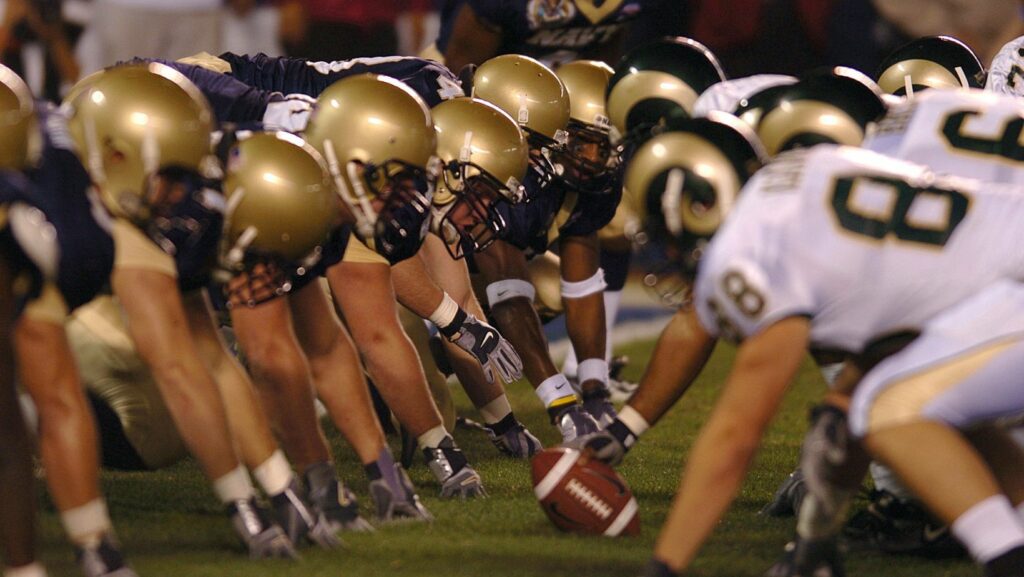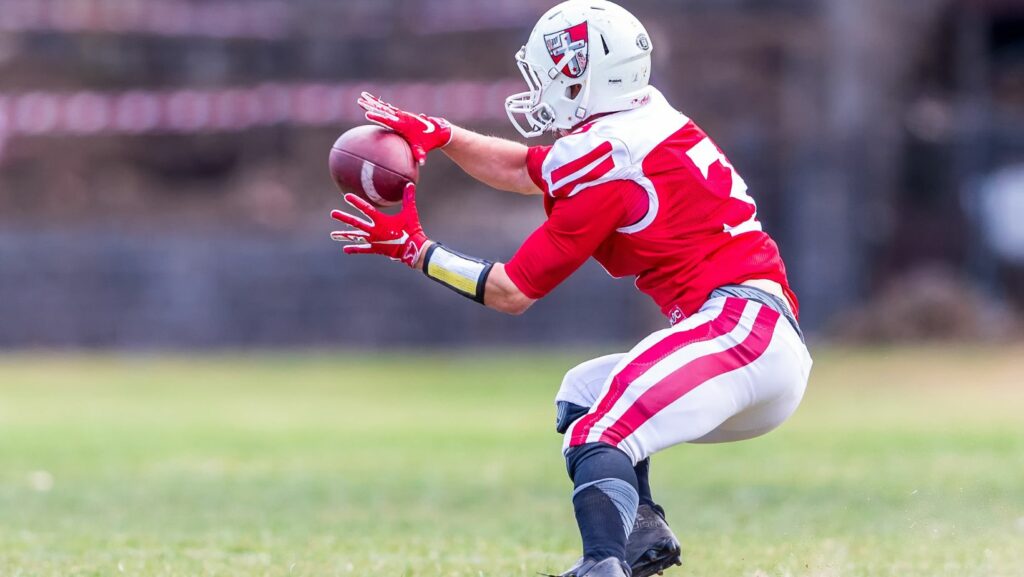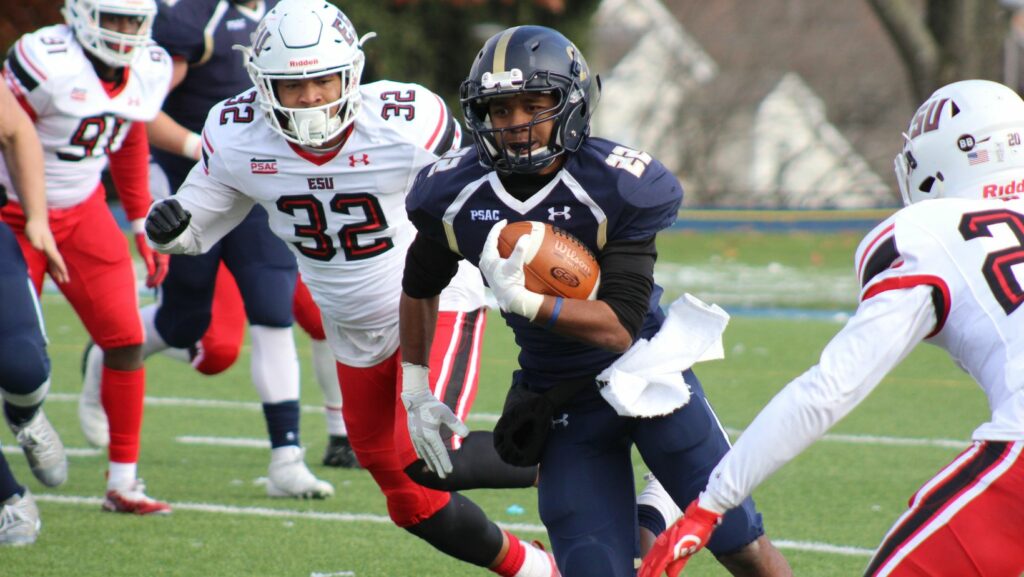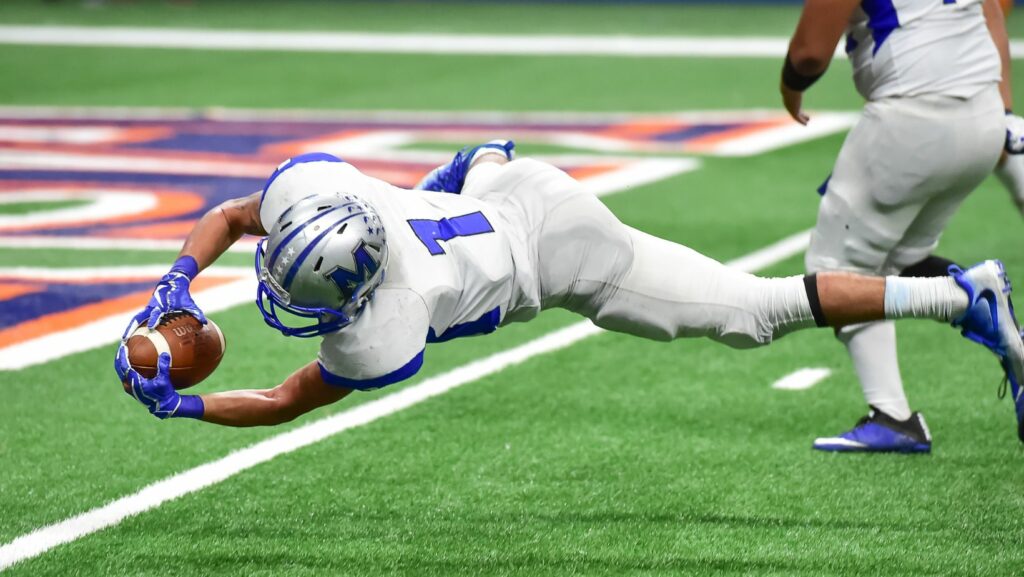
Whether you’re a die-hard football fan or a casual observer, you’ve probably noticed some differences between college football and the NFL. But what exactly are these differences, and why do they exist? Let’s delve into the world of football rules, from the collegiate to the professional level.
Understanding the nuances between the two can enhance your viewing experience and deepen your appreciation for the sport. From overtime procedures to pass interference rules, these variations shape the game’s strategy and outcomes. Stay tuned as we tackle the intriguing contrasts between college football rules and those of the NFL.
College Football Rules vs NFL
Before delving into the specificities, it’s essential to grasp that college football and NFL tackle the same sport in their unique styles, owing to their different rules. Each institution has curated sets of guidelines, which shape the game dramatically. These differences, apparent during the gameplay, owe their origin to overtime procedures, pass interference rules, and more. These variances substantially influence the strategies employed by the teams.
Key Differences in Game Play

- Overtime Rules – In college football, each team gets one possession from the opponent’s 25-yard line with the ability to score a touchdown or field goal. For NFL, it’s a sudden death format, with the first team scoring further points securing the victory.
- Pass Interference – Proving more forgiving to defensive players, NFL penalizes only those pass interference infractions that significantly hinder the receiver’s opportunity to catch the ball. Conversely, college football enforces stricter rules, penalizing for minor contact.
- Hash Marks – The wider hash marks in college football influence the angles of the kicks and throws, opining a whole new strategic game than the narrower NFL hash marks.
Impact of Differences on Game Strategy
The nuances in the rules lead to a dynamic impact on game strategy:
- Positioning Players – The wider hash marks in college football necessitate different player positioning. Considering narrower NFL marks, players orient themselves more centrally.
- Play Calling – Owing to lenient pass interference rules, NFL teams often exploit deep passes, whereas college teams opt for safer short passes.
- Overtime Strategies – The different overtime setups drive uniquely tailored game plans. NFL teams tend to go for higher-risk, higher-reward strategies, given the sudden death format. On the other hand, college teams can plan for sustained offensive drives, given their guaranteed possession.
Gameplay Duration and Clock Management
Delving into the unique nuances of game duration and clock management, this section uncovers how the treatment of time in college football differs from that of the NFL. The intricate timing rules in both leagues generate distinct gameplay situations, forming pivotal strategic decisions for coaches and players. By contrasting these timing rules, spectators can gain a deeper understanding and appreciation for the tactical complexity woven into the fabric of both college football and the NFL.
Timing Rules in College Football

College football operates on a 60-minute game clock, just like the NFL. It’s divided into four, 15-minute quarters. Yet, the clock management in college football differs in several noteworthy ways.
College football operates under the rule of a stopped clock on first downs. The clock does halt when a team achieves a first down. Officials use this time to set up the chain crew. However, as soon as they’re ready, the clock resumes running, typically adding 10-15 seconds to the game after each first down.
Another key rule is stopping the clock after an incomplete pass or when a player moves out-of-bounds. The clock restarts once the officials place the ball at the line of scrimmage for an incomplete pass, or on the referee’s whistle for an out-of-bounds play.
Timing Rules in the NFL
In contrast, the NFL uses a continuously running game clock. First downs don’t result in the clock stopping, causing a stark shift in game strategy and time management from college football. The clock only stops during an out-of-bounds play, after an incomplete pass, or due to penalties or injuries.
In the final two minutes in the first half and final five minutes in the second half, known as the “two-minute warning” and “five-minute warning”, respectively, the clock stops if a player carrying the ball steps or is forced out-of-bounds.

